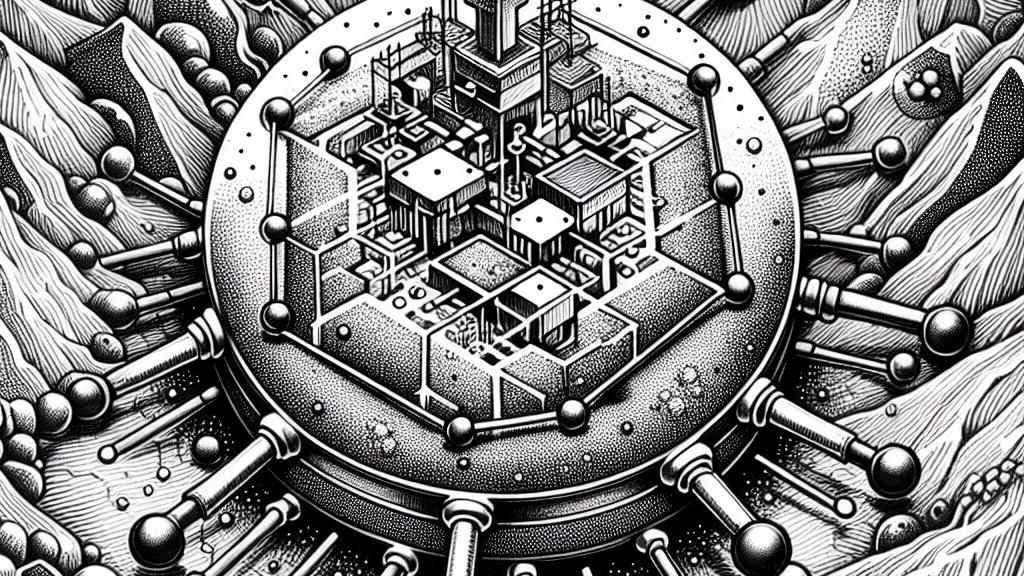Understanding 2D Materials: How White Graphene Can Help Us Create Better Electronics and Cleaner Energy
Overview
- Unlock the incredible potential of white graphene (hBN) in modern electronics.
- Nanoporous hBN is poised to tackle pollution and enhance energy storage solutions.
- Innovative research at the University of Surrey paves the way for groundbreaking material engineering.

The Incredible Potential of White Graphene
In the UK, researchers at the University of Surrey are delving into the fantastic world of white graphene, scientifically referred to as hexagonal boron nitride (hBN). Imagine material that is only one atom thick! This seemingly delicate substance is stronger than steel and can withstand both extreme temperatures and harsh chemicals. As such, hBN emerges as a superstar in electronics. Picture this: using it to insulate sensitive microchips and create super-speedy transistors will not just improve the performance of gadgets like smartphones and laptops but could revolutionize entire sectors! The ability of hBN to block electrical currents means it can protect delicate components, ensuring devices have longer lifespans and enhanced efficiency.
Transforming Environmental Solutions with Nanoporous hBN
But wait, there's more! Enter the innovative nanoporous variant of hBN, which possesses structured voids that allow it to selectively absorb pollutants. Just think about the possibilities this opens up! For instance, nanoporous hBN can be utilized in revolutionary filtration systems aimed at purifying air and water, effectively combating pollution. Moreover, its significant role in hydrogen storage makes it an essential player in the quest for cleaner and more efficient energy solutions. With advancements in hydrogen fuel cells on the horizon, this material could be crucial in powering everything from vehicles to renewable energy systems, paving the way for a greener future.
Engineering Materials with Unmatched Precision
Dr. Marco Sacchi, the brilliant mind driving this research, highlights how understanding the atomic-scale processes behind hBN growth can unlock vast potential. By employing cutting-edge techniques such as density functional theory and microkinetic modeling, researchers can finely adjust the growth conditions for hBN. This level of control means that they can create materials perfectly tailored to meet specific needs, from producing high-performance electronic devices to solving environmental challenges. The future of technology relies on such innovative strategies, marrying engineering precision with practical applications to create a harmonious balance between advancement and sustainability!

Loading...